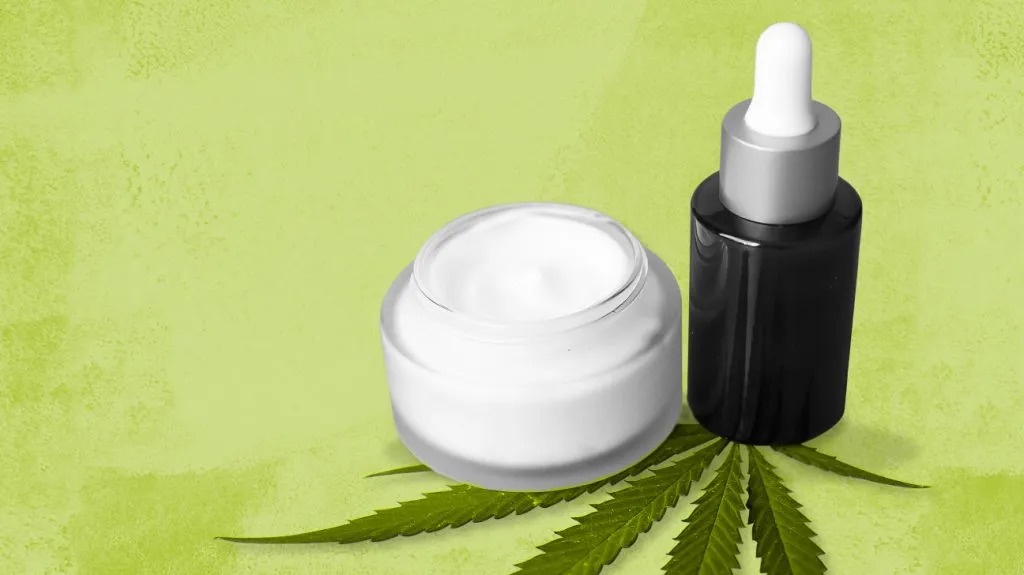CBD, short for cannabidiol, has gained remarkable popularity in recent years for its potential health benefits. However, the history of CBD dates back centuries, with a rich and diverse evolution from ancient times to the present. In this article, we will explore the fascinating journey of CBD through history.
Ancient Uses of CBD:
The use of cannabis plants, including CBD-rich varieties, can be traced back thousands of years. Ancient civilizations in various parts of the world, including China, India, and the Middle East, incorporated cannabis into their traditional medicine and religious practices.
In ancient China, cannabis was used for its medicinal properties as far back as 2737 BCE. Emperor Shen Neng, known as the "Father of Chinese Medicine," documented the plant's healing abilities, which likely included CBD-rich strains.
In India, where cannabis is commonly referred to as "ganja," the sacred text Atharvaveda (c. 1500-2000 BCE) mentions cannabis as one of the "five kingdoms of herbs." It was utilized in Ayurvedic medicine, an ancient healing system that still exists today.
Medieval and Early Modern Use:
Cannabis continued to be an integral part of various traditional healing practices throughout the Middle Ages and into the early modern period. In the Islamic Golden Age (8th-13th centuries), Persian polymath Avicenna documented the use of cannabis for pain relief and relaxation.
By the 19th century, Western physicians began to take an interest in cannabis. In 1839, Irish physician William B. O'Shaughnessy introduced cannabis to Western medicine, noting its potential applications for muscle spasms, pain, and even epilepsy.
Prohibition and Rediscovery:
The early 20th century saw the criminalization of cannabis in many parts of the world, including the United States, which imposed the Marihuana Tax Act of 1937. This marked the beginning of a long period during which cannabis and its compounds, including CBD, were stigmatized and banned.
It wasn't until the late 20th century that researchers started rediscovering the potential therapeutic properties of CBD. In the 1980s, scientists identified the endocannabinoid system (ECS) in the human body, leading to a greater understanding of how cannabinoids like CBD interact with our physiology.
Modern CBD:
In the 21st century, CBD began to gain mainstream recognition. The 2018 U.S. Farm Bill removed hemp, a non-psychoactive variety of cannabis, from the Controlled Substances Act, making it legal to cultivate and produce hemp-derived CBD products in the United States.
This legal change, along with a growing body of research demonstrating the potential health benefits of CBD, led to a surge in CBD products, from tinctures and edibles to topicals and capsules. People have turned to CBD for relief from conditions such as anxiety, chronic pain, epilepsy, and more.
Write for Us Cannabis:
If you're passionate about the history, benefits, or the latest developments in the Write for Us cannabis and CBD industry, we welcome you to contribute as a guest writer. We accept high-quality guest posts on a wide range of topics related to cannabis and CBD. Share your knowledge, research, or experiences with our readers and help promote a better understanding of this evolving field.
To submit your guest post, please follow our guidelines and reach out to us through our contact page. We look forward to hearing from you and sharing your valuable contributions with our audience.
In conclusion, the history of CBD is a fascinating journey that spans millennia, from ancient civilizations to the modern era. This compound, once shrouded in controversy, has emerged as a potential natural remedy with a wide range of health applications. As the world of cannabis and CBD continues to evolve, it's important to acknowledge its rich historical roots while exploring its promising future.


No comments yet